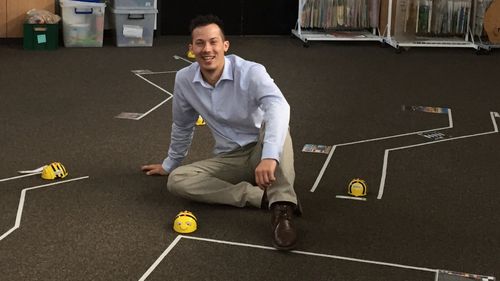Teaching Coding and Robotics in Primary Classrooms
Sep 16, 2023 · 2 mins read
0
Share

In an increasingly digital world, where technology is an integral part of our daily lives, it's crucial to prepare our youngest generation with the skills needed to navigate this landscape effectively.
Save
Share
Coding and robotics activities challenge students to think critically and solve problems systematically. Through coding exercises, children learn to break down complex problems into manageable steps, anticipate outcomes, and debug errors.
Save
Share
Coding and robotics also offer a creative outlet for young learners. By experimenting with various coding languages and building robots, students can bring their imaginative ideas to life. This creative aspect is crucial in fostering innovation.
Save
Share
Coding and robotics often require collaboration among students to brainstorm ideas, design solutions, and troubleshoot issues. Teamwork is a vital skill in the 21st century, and integrating coding into primary education can help children develop effective communication.
Save
Share
In an era where digital literacy is as important as traditional literacy, teaching coding and robotics prepares students for a tech-driven future. It equips them with a fundamental understanding of how computers and technology work.
Save
Share
Early exposure to coding and robotics can play a pivotal role in closing the gender gap in STEM fields. Research indicates that girls who participate in coding and robotics programs in primary school are more likely to pursue STEM-related careers.
Save
Share
The evidence is clear: teaching coding and robotics in primary classrooms is a valuable investment in our children's future. These subjects foster critical thinking, creativity, teamwork, digital literacy, and inclusivity.
Save
Share
0